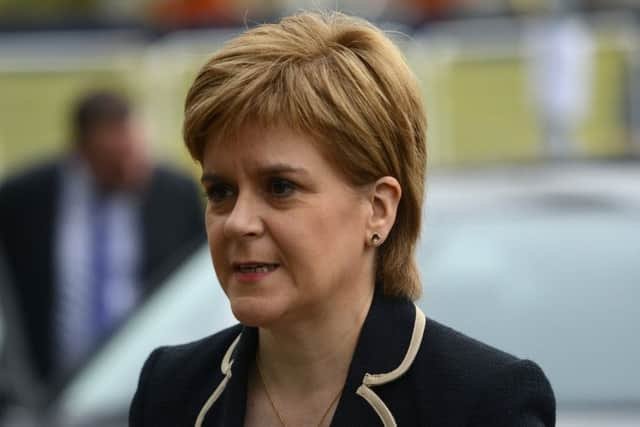What are the Scottish GERS figures and why are they important?
Unlike polls or results, there is little indication or leaking ahead of their publication, and so its often a race against time for journalists, activists and politicians to read, digest, and discuss the findings.
The annual report card on Scotland’s public finances has become a key battleground in the independence debate.
Advertisement
Hide AdAdvertisement
Hide AdBut what exactly is the GERS report? And why is it so significant to Scottish political debate? We look beyond the numbers to find out.


A potted history
While they have become something of a hallmark of Scottish politics since devolution (and even more pronounced since the independence referendum of 2014), the Government Expenditure and Revenue Scotland report has been collated since 1992.
The aim of the report was, officially to show the level of public spending in Scotland relative to the amount of money raised in the country through tax and other revenues.
John Major’s then Scottish Secretary Ian Lang believed that the publication could harm pro-devolution or pro-independence parties, presumable by showing that Scotland’s public spending within the UK was much higher than the other parts of the country.
Lang wrote: “I judge that it is just what is needed at present in our campaign to maintain the initiative and undermine the other parties. This initiative could score against all of them.”
It has been compiled annually since then (barring one or two years for statistical or logistical reasons) and since 1999 has been the responsibility of the Scottish Government.
The independence debate
Depending on who you speak to (or what the figures say) the GERS figures are either a sure fire way to gauge the finances of an independent Scotland, or mere guesswork that would become irrelevant post independence because the fundamental constitutional arrangement would be so different.
The SNP have faced accusations of boosting the GERS figures when it suits them, and brushing them off when the figures are less rosy.
Advertisement
Hide AdAdvertisement
Hide Ad‘Scotland’s Future’, the party’s white paper on independence, cited GERS as a good standard on which to base calculations.
This was already a marked change in party policy – before taking office in 2007 the SNP was known to deride the annual report as a ‘dodgy dossier’ which produced ‘fiddled figures’.
Unionist politicians, for their part, are always keen to point to the headline deficit figure as indicative of a ‘black hole’ that would confront an independent Scotland.
Relevance
In truth, both sides can be accused of over or under playing the GERS figures as it suits them, especially as they pertain to independence.
As the expert analysis from the Fraser of Allander Insititute in the Scotsman today shows, the GERS data is not perfect, nor is it entirely reliable when it comes to independence.
As Professor Graeme Roy notes, the economic report card is about Scotland’s economy as it is at this moment in time, not the long-term finances of an entirely new state.
The SNP, once the champions of GERS, have called it a ‘snapshot’ of Scotland’s current economic situation with increasingly regularity since the oil price crash has shown the country facing a large deficit.
Their opponents now await the figures easily, keen to impress that GERS is something of an economic crystal ball for an independent Scotland’s finances.
Both arguments have merit, and both have drawbacks. One fact is indisputable, the GERS figures will continue to be published annually, and continue to be bitterly fought over.
